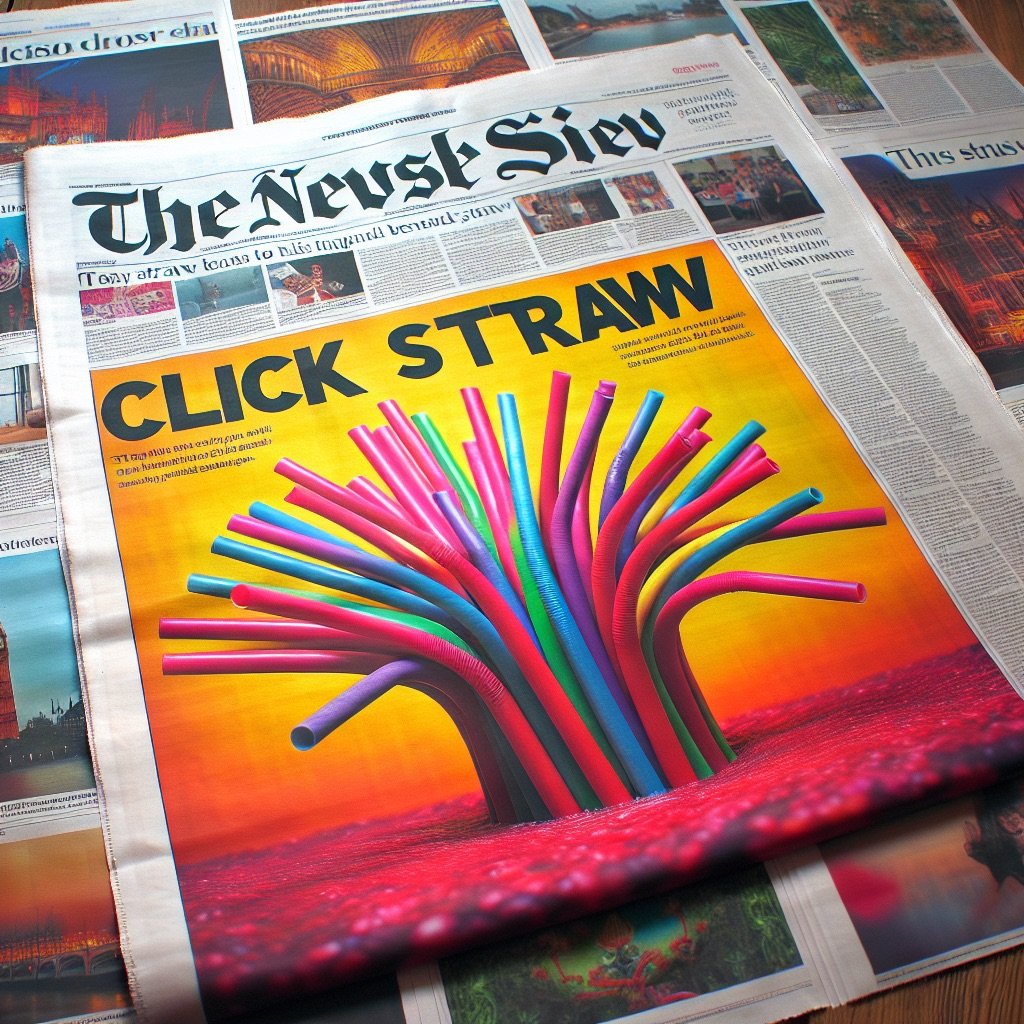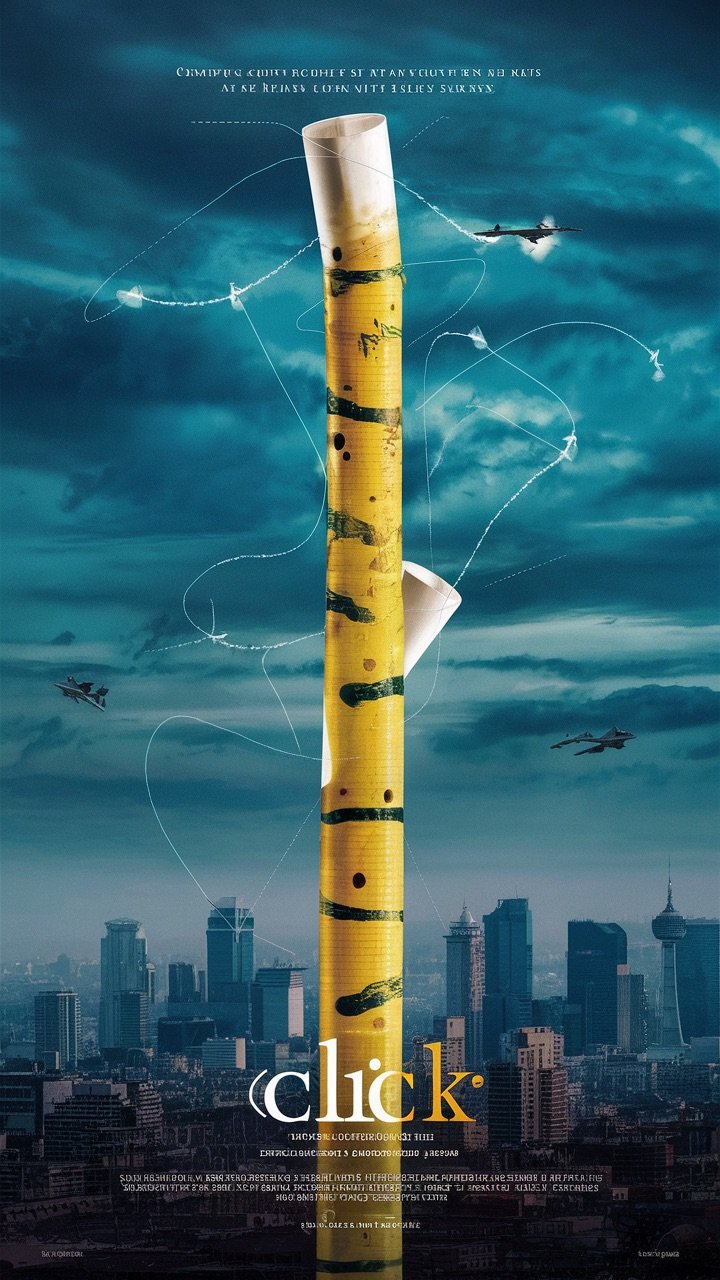The Last Straw
The environmental impact of producing paper straws is generally considered to be lower than that of plastic straws, but it still involves several factors that contribute to pollution and resource consumption. Here are some key points to consider:
Raw Materials and Production Process
1. Deforestation and Pulp Production:
- Paper straws are made from wood pulp, which requires cutting down trees. This can contribute to deforestation if not managed sustainably. The process of turning wood into pulp involves significant energy and water consumption.
- Pulp production can result in water pollution due to the chemicals used in processing, such as chlorine, which can lead to the release of harmful byproducts like dioxins.
2. Energy Consumption:
- The manufacturing process of paper straws involves multiple stages, including pulping, bleaching, and forming the straws. Each stage consumes energy, often derived from fossil fuels, contributing to greenhouse gas emissions.
3. Water Use:
- Large quantities of water are required in the paper production process. This can strain local water resources and result in wastewater that needs to be treated to prevent environmental contamination.
Pollution During Manufacturing
1. Air Emissions:
- The production of paper and paper products, including straws, releases air pollutants such as carbon dioxide (CO2), sulfur dioxide (SO2), and nitrogen oxides (NOx), contributing to air pollution and climate change.
2. Wastewater:
- The paper manufacturing process generates wastewater that contains various pollutants, including organic matter, chemicals, and suspended solids. Proper treatment of this wastewater is essential to minimize environmental impact.
End-of-Life Impact
1. Biodegradability:
- One of the main advantages of paper straws over plastic straws is their biodegradability. Paper straws decompose much faster than plastic straws, reducing their impact on marine and terrestrial ecosystems.
- However, if paper straws are coated with non-biodegradable materials (such as certain waxes or plastics), their environmental benefits can be diminished.
2. Recycling:
- While paper straws are technically recyclable, their small size and potential contamination from food and beverages often make them unsuitable for recycling. This can result in paper straws ending up in landfills or as litter.
Comparative Impact
1. Plastic vs. Paper:
- Paper straws generally have a lower overall environmental impact compared to plastic straws, especially in terms of marine pollution and biodegradability.
- However, the production of paper straws still involves resource consumption and pollution. It's important to consider sustainable sourcing and manufacturing practices to minimize their environmental footprint.



